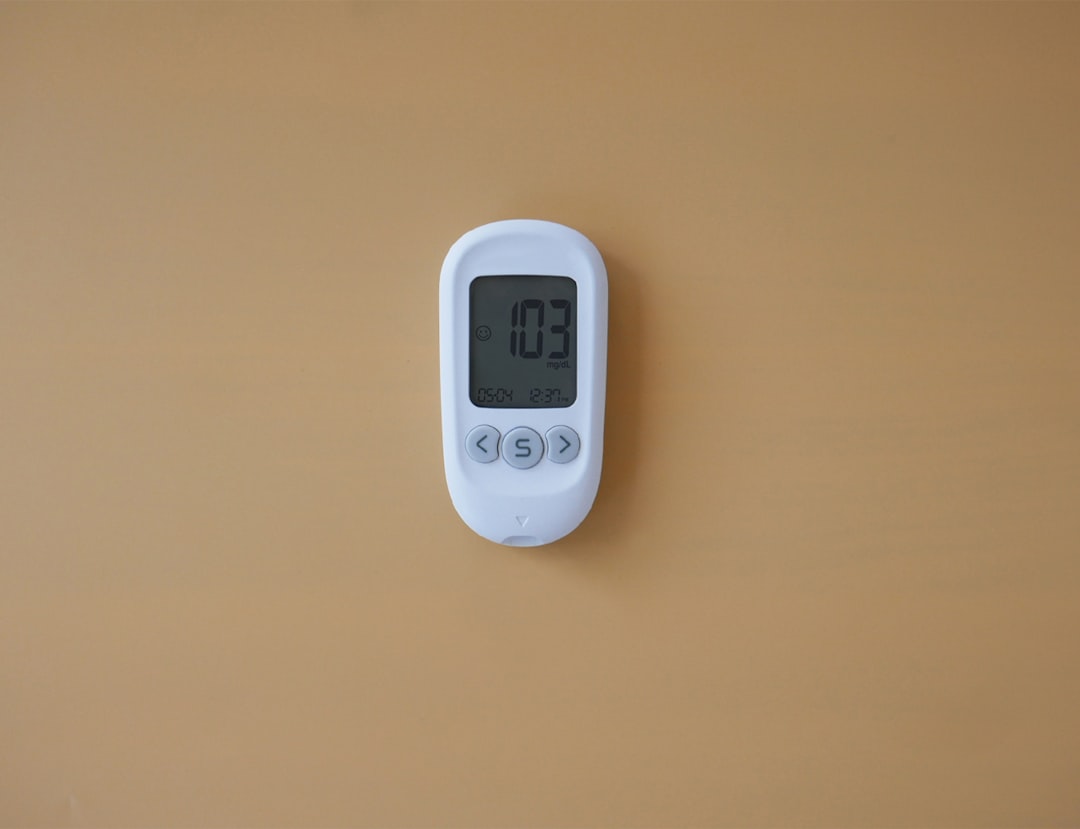
For construction professionals, understanding the cost to install smart thermostat technology is crucial. Installation costs typically range from $275 to $625 in New York, with national averages between $225 and $550. These figures include labor, device, adapters, and other materials. Accurate estimates help avoid unexpected expenses and ensure profitability.
In the New York area, the cost for a mid-range learning thermostat installation ranges from $275 to $625. Nationally, the median is closer to $225 to $550. These costs cover labor, the device, adapters, trim kits, and small items like wire nuts and screws. Accurate estimates prevent cost overruns.
• Thermostat brand and model (basic Wi-Fi vs. advanced learning unit)
• Existing HVAC wiring compatibility (C-wire present or adapter needed)
• Wall surface repair or paint touch-ups after old stat removal
• Local labor rates and union requirements
• Travel, parking, and permits in dense urban zones
Using live supplier feeds and real-time data capture ensures accurate pricing. This prevents unexpected costs and helps maintain profit margins. Visit CountBricks for more information.
In a standard retrofit, materials account for about 60% of the total cost, labor 35%, and incidentals 5%. High-end thermostats can increase material costs to 75%. Transparent quotes help clients understand the breakdown.
• Smart thermostat device
• Backplate or trim kit
• C-wire adapter (when required)
• Low-voltage cable run (per linear foot)
• Mounting hardware & drywall anchors
• Patch compound and touch-up paint allowance
1. On-site assessment
2. Real-time blueprint takeoff
3. Material list auto-generated
4. Labor hours calculated
5. Instant markup options
6. Client-ready quote in under five minutes
Energy-saving thermostats can reduce heating and cooling bills by 8% to 15%. For a typical home, this translates to $192 to $360 in annual savings, with a payback period of 18 to 28 months.
• Boosts resale appeal
• Integrates with other smart-home devices
• Provides remote diagnostics
• Hidden C-wire retrofit: Verify wiring to prevent callbacks.
• Drywall repair omissions: Include patch labor in estimates.
• Permit oversight: Ensure compliance with local codes.
Provide precise, professional estimates for smart thermostat installations. Visit CountBricks to learn more.

A contractor modernized a 1901 brownstone's heating controls using CountBricks. The project involved consolidating three thermostats into one learning unit, pulling a new C-wire, and securing a low-voltage permit.
• Three thermostats consolidated
• New C-wire pulled 25 ft
• Plaster repair and touch-up paint
• Low-voltage permit secured
The estimate was $587.32, with a final invoice of $596.75, showing a 1.6% variance. Accurate estimates prevent cost overruns.
• Accurate takeoffs prevent underbidding
• Built-in permit reminders eliminate fines
• Detailed line items build client trust
• Bundle installs with HVAC tune-ups
• Capture wall condition details
• Offer energy-savings calculators
• Schedule installs mid-week
• Use portfolio examples to upsell
CountBricks provides the tools for accurate, professional estimates, enhancing both client satisfaction and profitability.